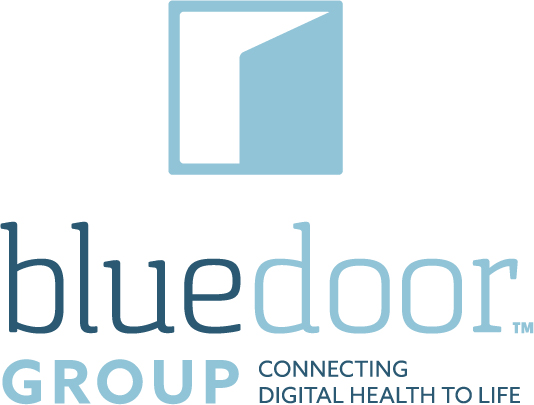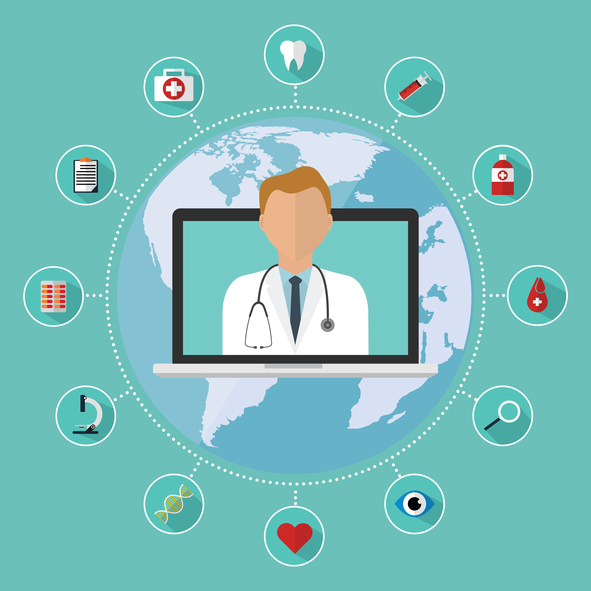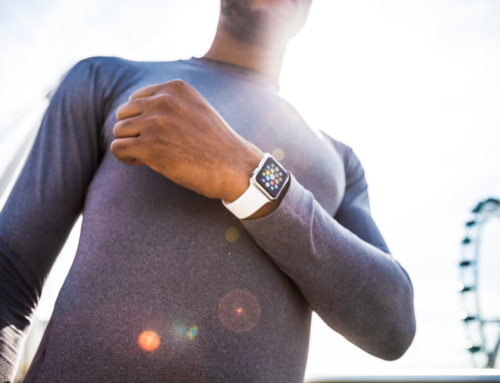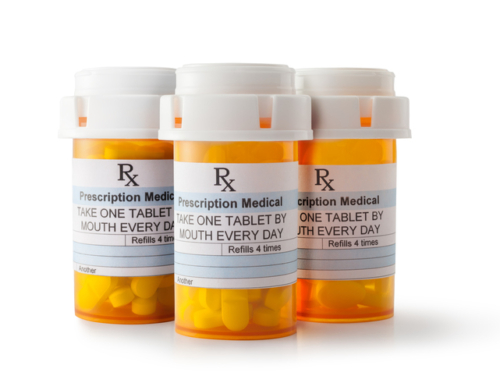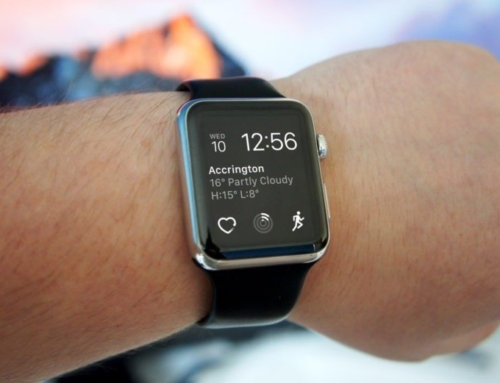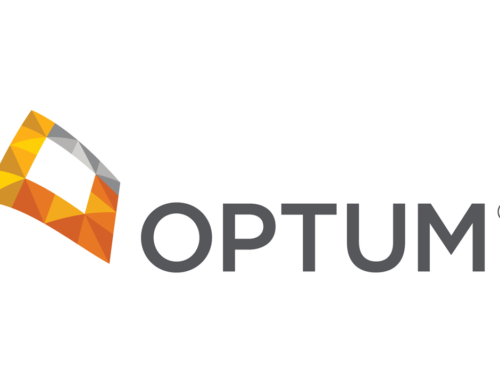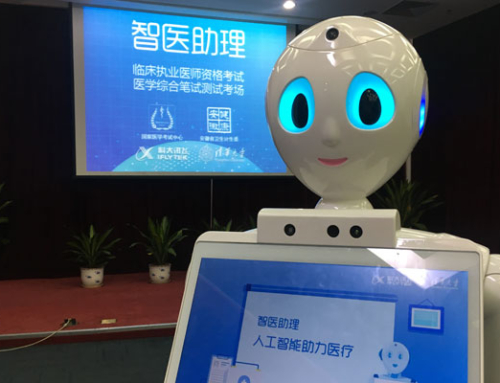By ANDERS WOLD | Sept. 28, 2017
Digital disruption is the new normal. We use video conferencing in global business meetings, summon car rides through our phones using GPS, and snap or tweet our lives to friends and followers.
For its part, healthcare is breaking down traditional hospital walls, and it’s not just the developed world leading this disruption. Indeed, the healthcare model for billions of people in the developing world has always been different. Lacking the massive and complicated hospital infrastructure of other regions, medical care in many parts of the world travels to the patient in the form of a visit from a local doctor or a stop at a rural clinic.
This “last mile of care” – where the hospital finds the patient, not the other way around – is made possible as medical innovation across the globe becomes increasingly mobile, digital, personal and accessible.
Healthcare solutions are becoming more digitally connected, affordable and convenient for both the patient and caregiver. A Journal of Hospital Librarianship study found that 85 percent of health care providers were already using smartphones and/or tablets in their daily work. One-third of health information exchange data is already in the cloud, according to a white paper from Cisco.
Digital health, in other words, is here. Data from remote monitoring devices, such as smart scales and blood pressure cuffs, are being transmitted to doctors around the world to improve patient outcomes. In remote areas across Latin America, cloud technology allows doctors to share ultrasound images with their patients and distant colleagues with the simple click of a button. Similarly, pocket-sized ultrasound technology is helping midwives in Africa determine if expectant mothers can deliver babies safely or need to go to the nearest hospital.
Big data, analytics and artificial intelligence enable health care to be more personalized and precise – a fact with which patients appear increasingly comfortable. Virtual assistants on our phones or kitchen counters are dispensing medical advice from WebMD, and a recent global PwC survey across 12 countries showed that nearly 40 percent of people trusted AI and robotics to administer a heart rhythm test and then make clinical recommendations. That hypothetical is already becoming a reality. A new algorithm server is helping medical professionals read patients’ ECGs remotely and AI is helping doctors diagnose lung cancer in China.
In emergency rooms and operating rooms across the world, machines are generating millions of data points, but only a small fraction are harvested and saved in hospitals’ electronic medical record systems. Gathering, analyzing and acting on this deluge of data is the next step. For instance, clinicians can now use cloud-based, algorithm-powered apps to pull hundreds of data points directly from anesthesia machines with every patient breath. These apps unlock actionable insights that can help clinicians with clinical, operational and economic improvements.
Mobile digital health is revolutionizing not just how and what care people get, but where they can receive it. Already, 70 percent of U.S. employers offer telehealth services, and a World Health Organization survey found that 87 percent of countries worldwide had at least one massive mobile health program underway.
While most acute care will continue to take place inside brick-and-mortar medical facilities, future generations will likely receive care virtually, and participate in their own care to greater degrees. For instance, subtle stick-on monitors that look like digital Band-Aids are being developed right now to help doctors remotely monitor key vital signs, from heart rate and blood pressure to sweat and oxygen levels.
Disruption is indeed the new normal for healthcare. By pairing new thinking with new technology in new clinical areas, we can make sure that future healthcare solutions are at once more personal, more digital and more globally connected. In a future where hospitals are everywhere and nowhere, and data is ubiquitous, care must and will come to the patient.
Illustration: nicescene, Getty Images
